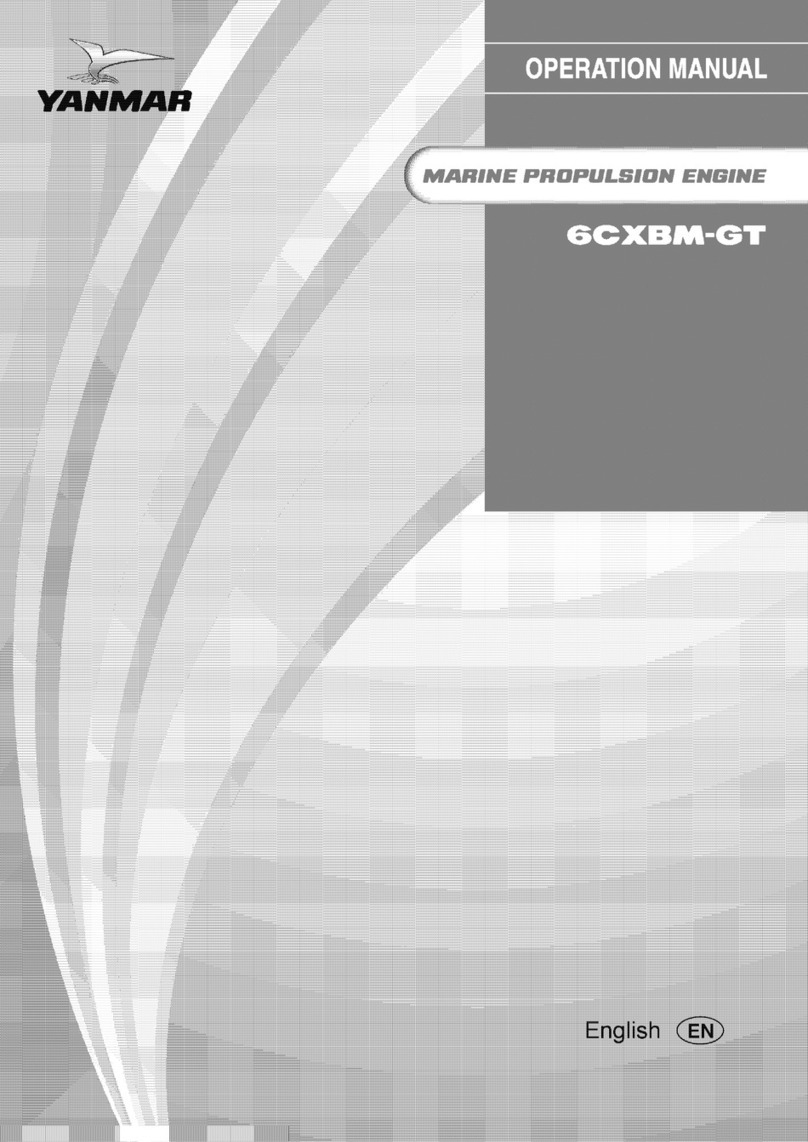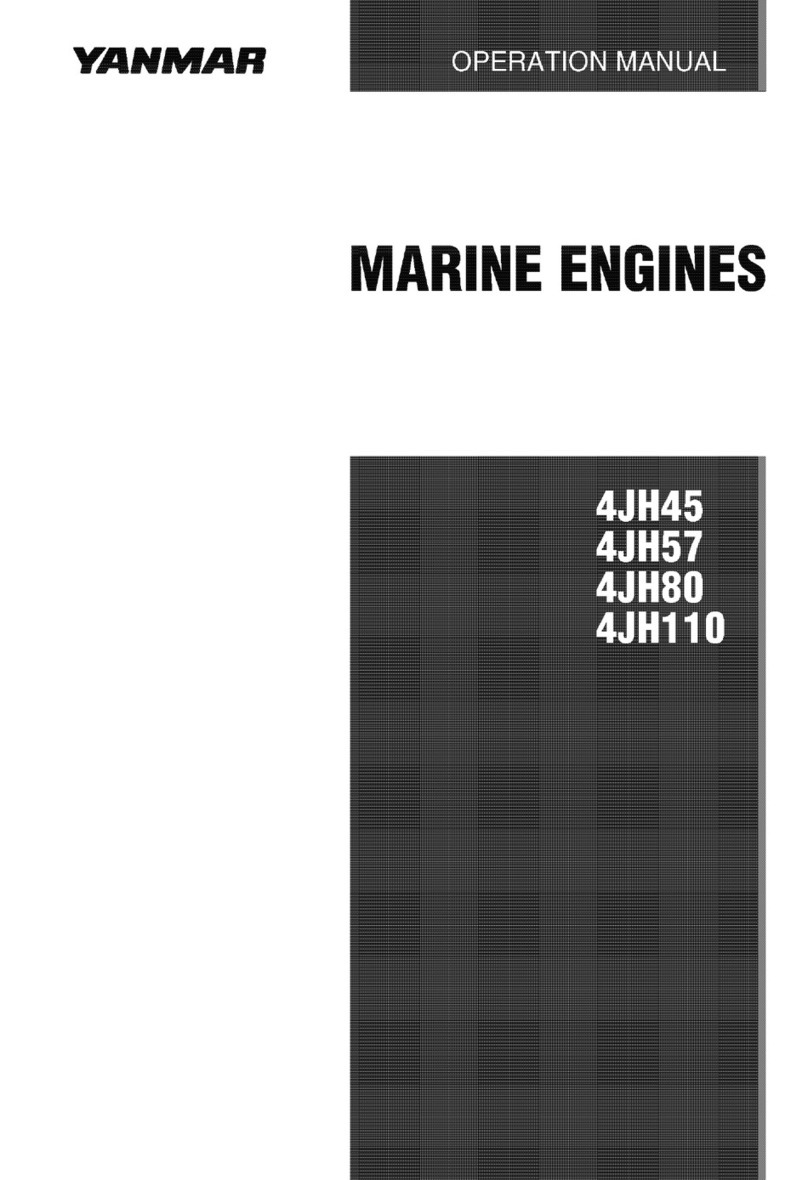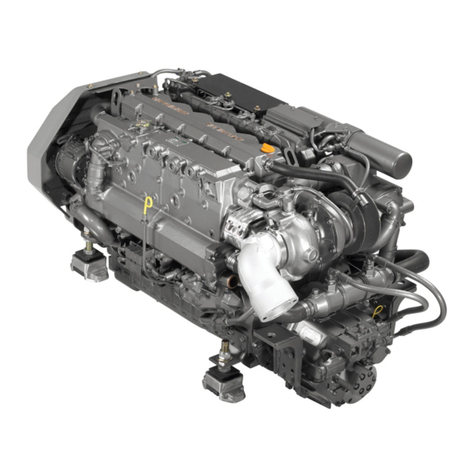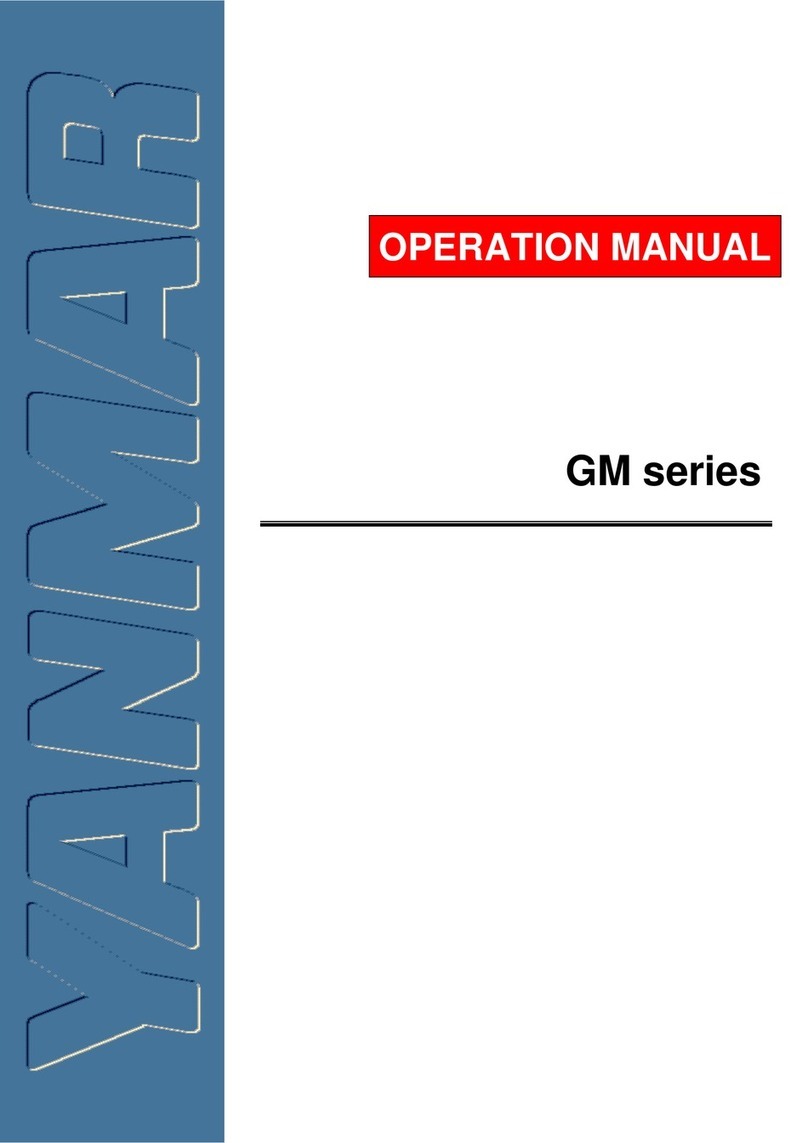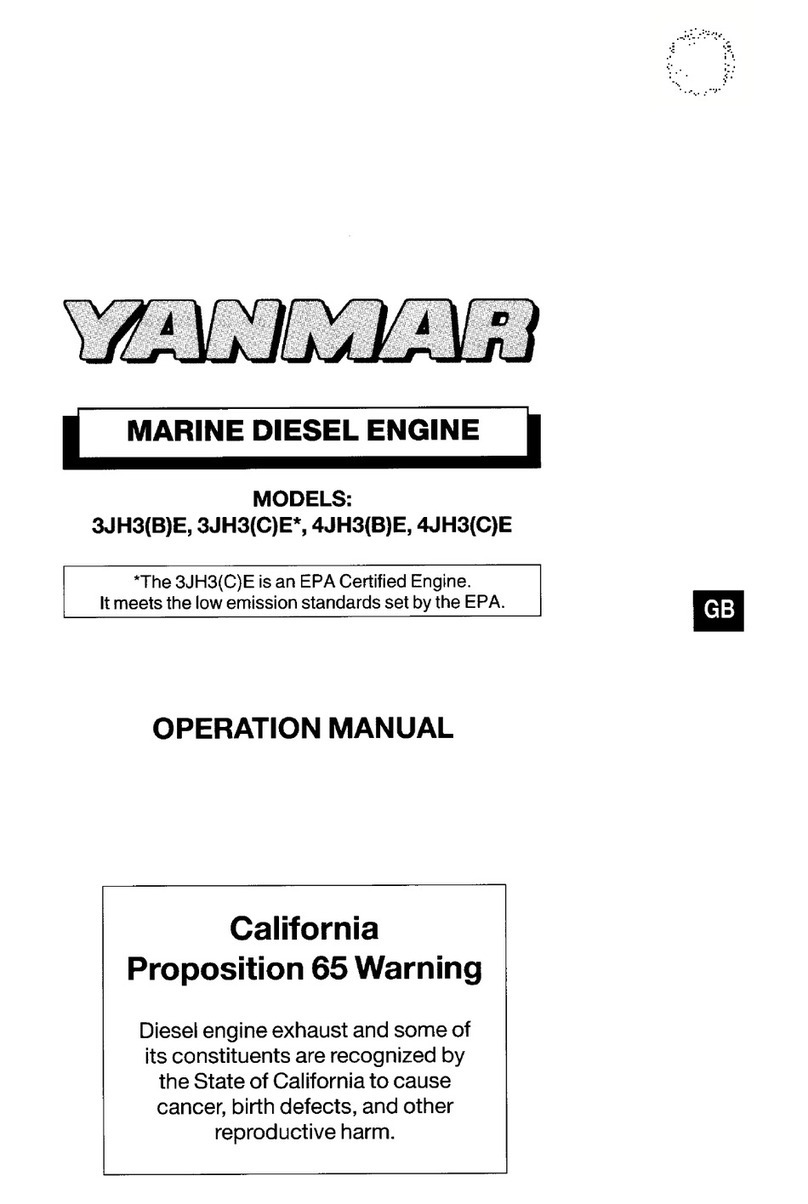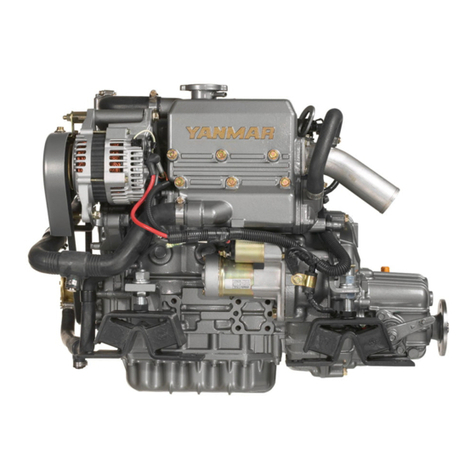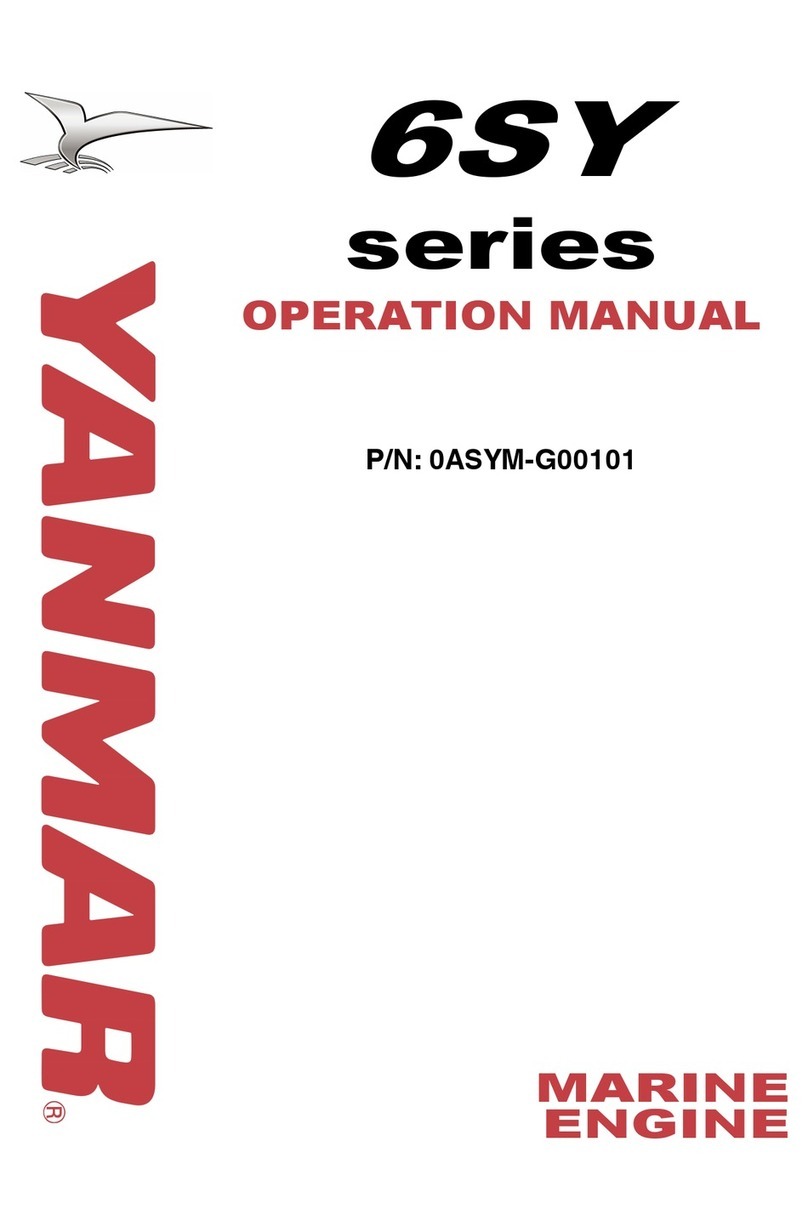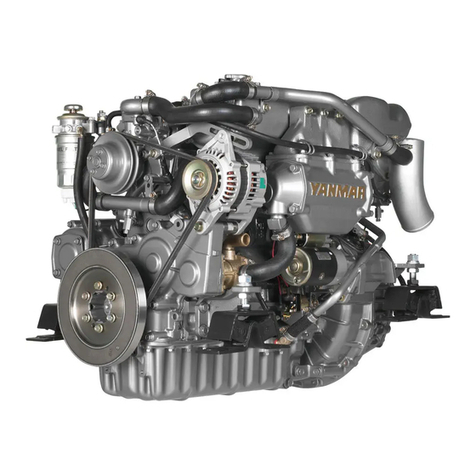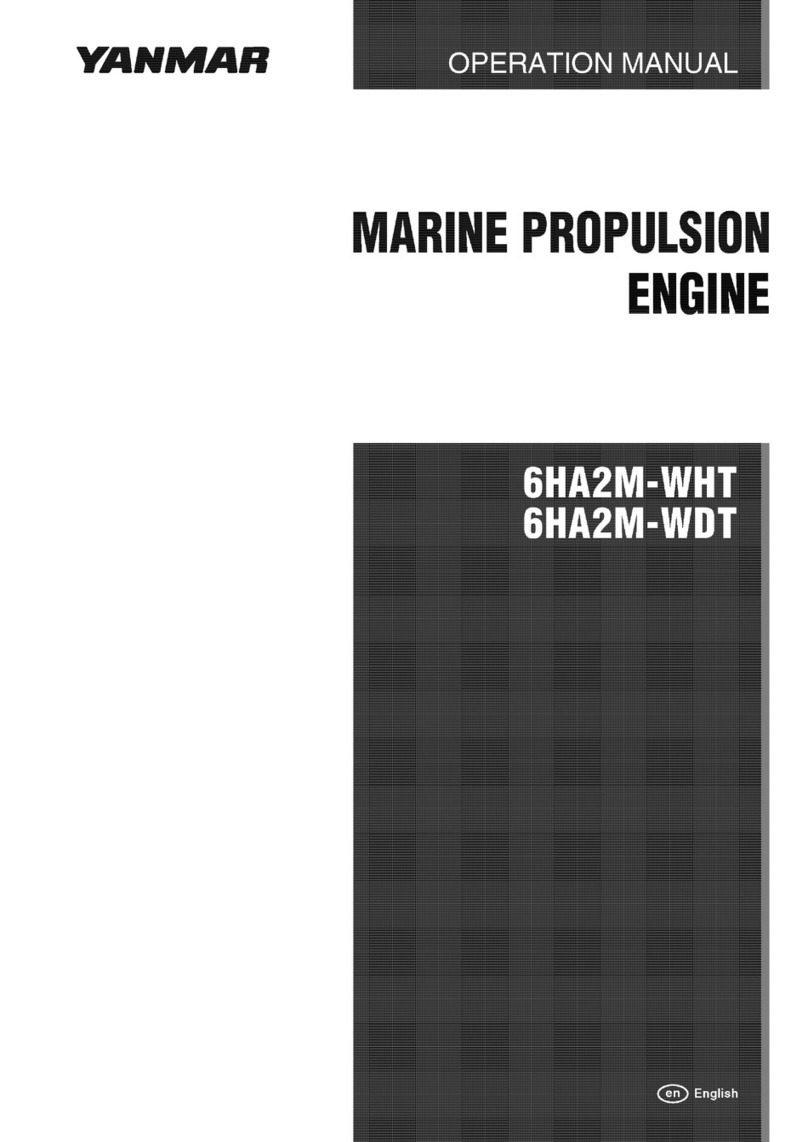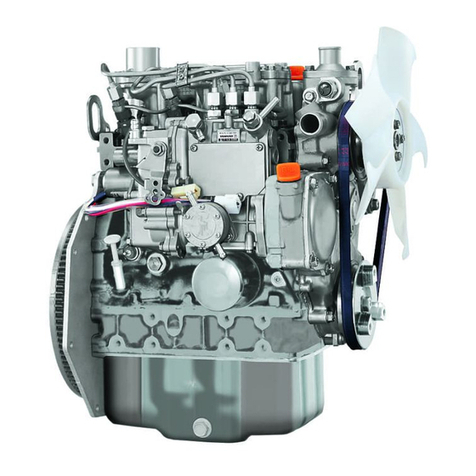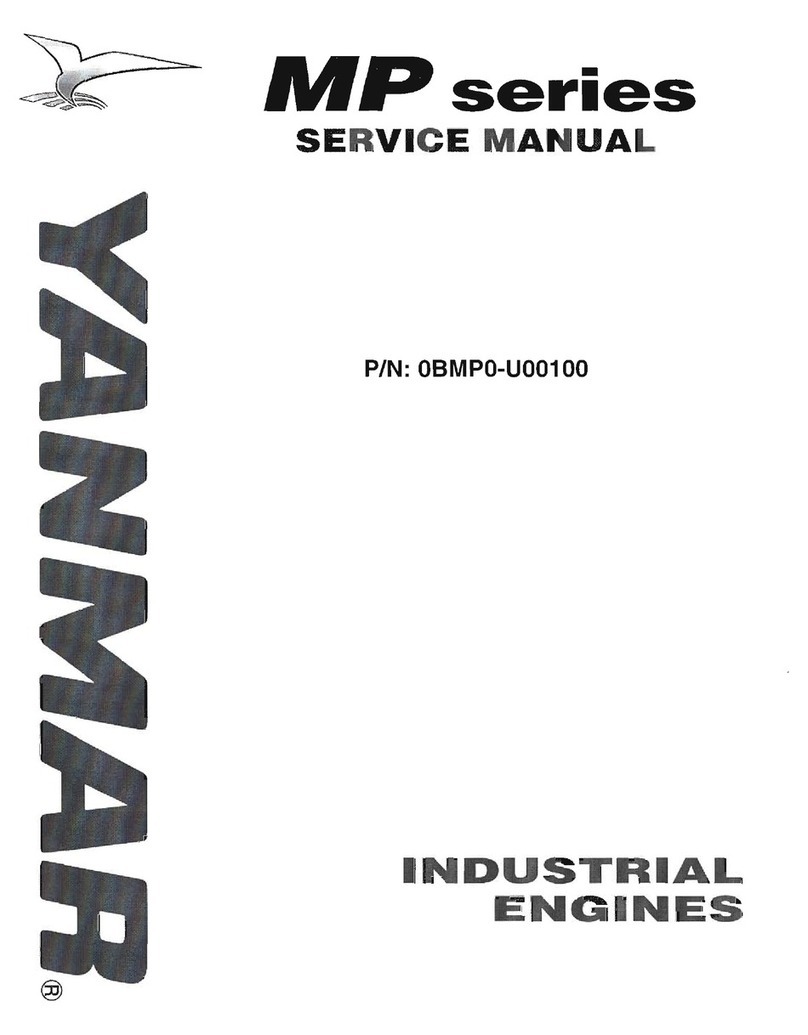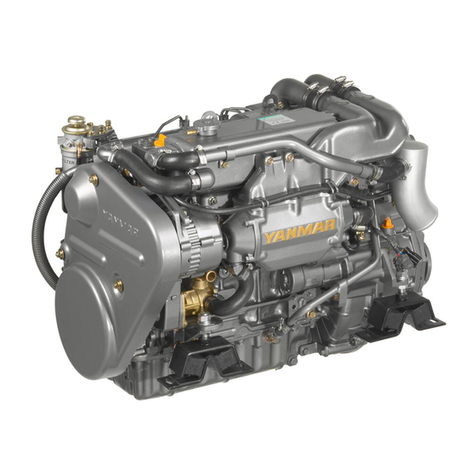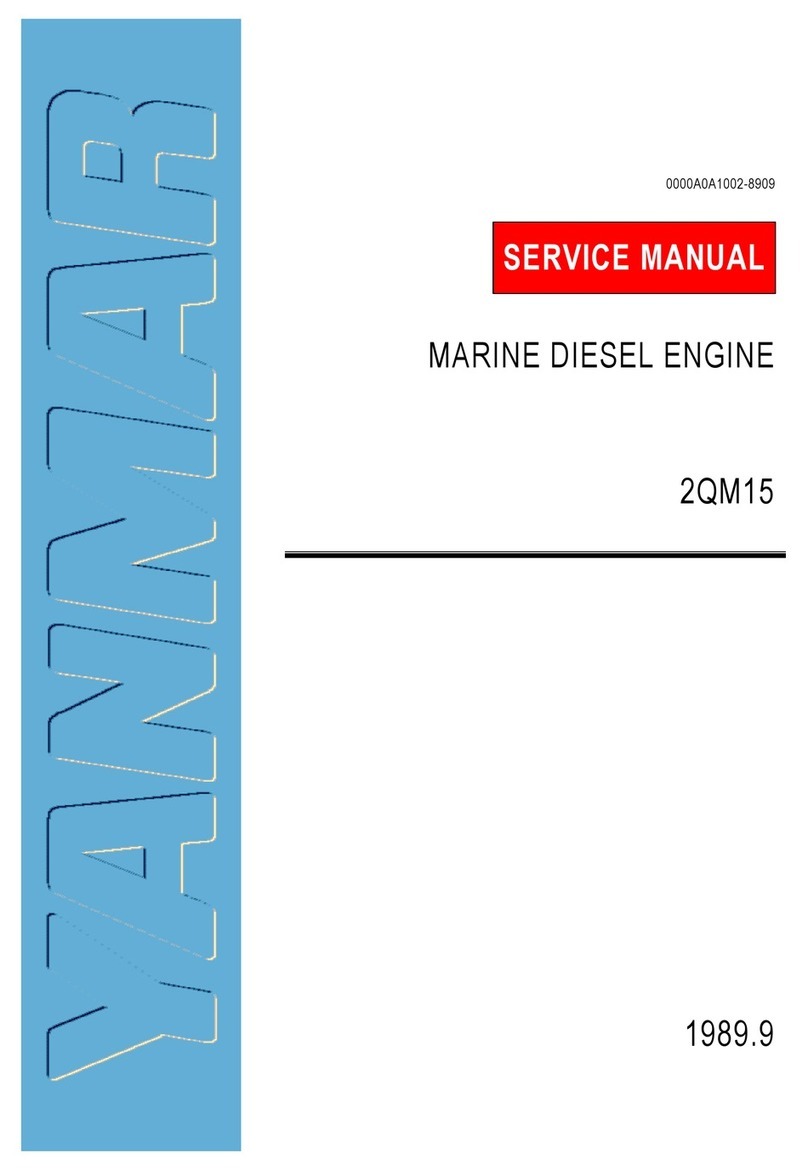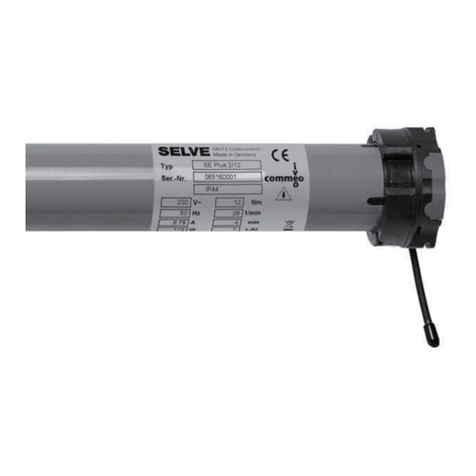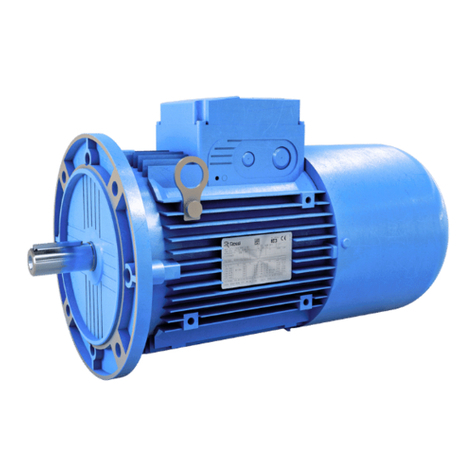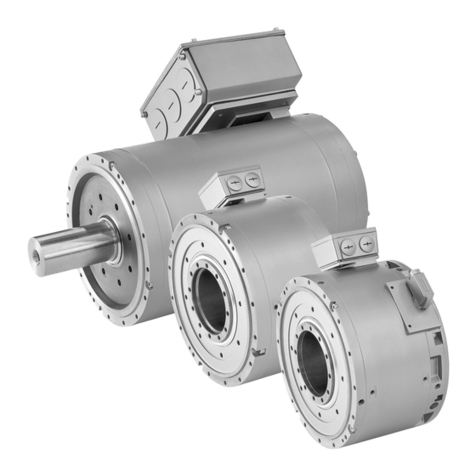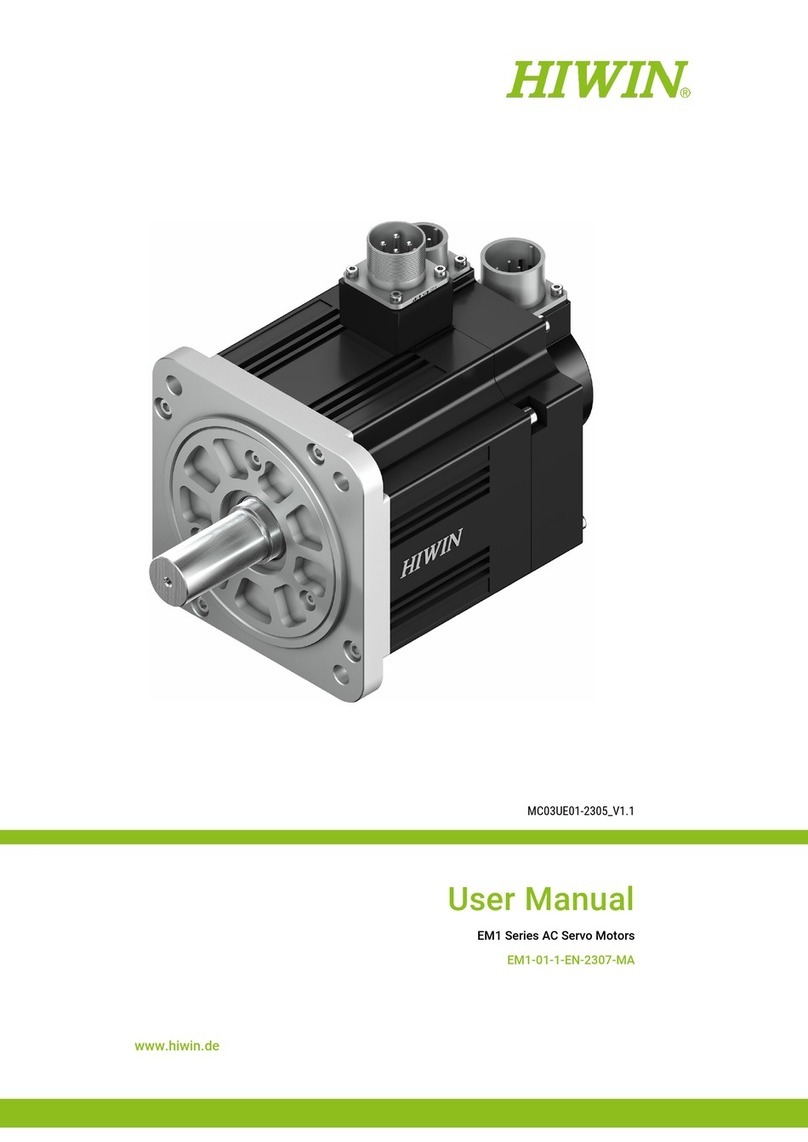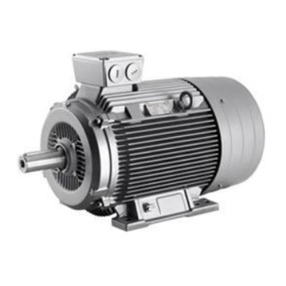CONTENTS
1. General ............................................................................................................................ 1
1.1 Exterior views ...........................................................................................................................1
1.2 Specifications ...........................................................................................................................2
1.3 Fuel oil, lubricating oil and cooling water .................................................................................4
1.3.1 Fuel oil .............................................................................................................................................. 4
1.3.2 Lubricating oil.................................................................................................................................... 4
1.3.3 Cooling water .................................................................................................................................... 5
1.4 Engine outline ..........................................................................................................................6
1.5 Piping diagrams .....................................................................................................................16
1.6 Exhaust gas emission regulation ...........................................................................................22
1.6.1 Engine identification (3JH4E).......................................................................................................... 22
1.6.2 Emission Standard.......................................................................................................................... 23
1.6.3 Guarantee conditions for emission standard .................................................................................. 23
2. Inspection and Adjustment ............................................................................................ 25
2.1 Periodic maintenance schedule .............................................................................................25
2.2 Periodic inspection and maintenance procedure ...................................................................27
2.2.1 Check before starting...................................................................................................................... 27
2.2.2 Inspection after initial 50 hours or one month operation ................................................................. 30
2.2.3 Inspection every 50 hours or monthly ............................................................................................. 35
2.2.4 Inspection every 250 hours or one year.......................................................................................... 39
2.2.5 Inspection every 1,000 hours or four years..................................................................................... 44
2.3 Adjusting the no-load maximum or minimum speed ..............................................................51
2.4 Sensor inspection ...................................................................................................................51
2.4.1 Oil pressure switch.......................................................................................................................... 51
2.4.2 Thermo switch................................................................................................................................. 51
2.5 Thermostat inspection ............................................................................................................52
2.6 Adjusting operation ................................................................................................................53
2.6.1 Preliminary precautions .................................................................................................................. 53
2.6.2 Adjusting operation procedure ........................................................................................................ 53
2.6.3 Check points and precautions during running................................................................................. 54
2.7 Long storage ..........................................................................................................................55
3. Troubleshooting .............................................................................................................56
3.1 Preparation before troubleshooting ........................................................................................56
3.2 Quick reference chart for troubleshooting ..............................................................................57
3.3 Troubleshooting (Concerning engine and fuel injection equipment) ......................................66
3.4 Troubleshooting by measuring compression pressure ..........................................................69

